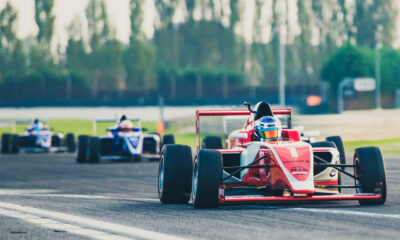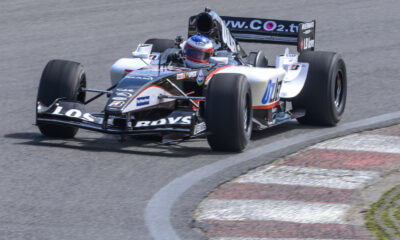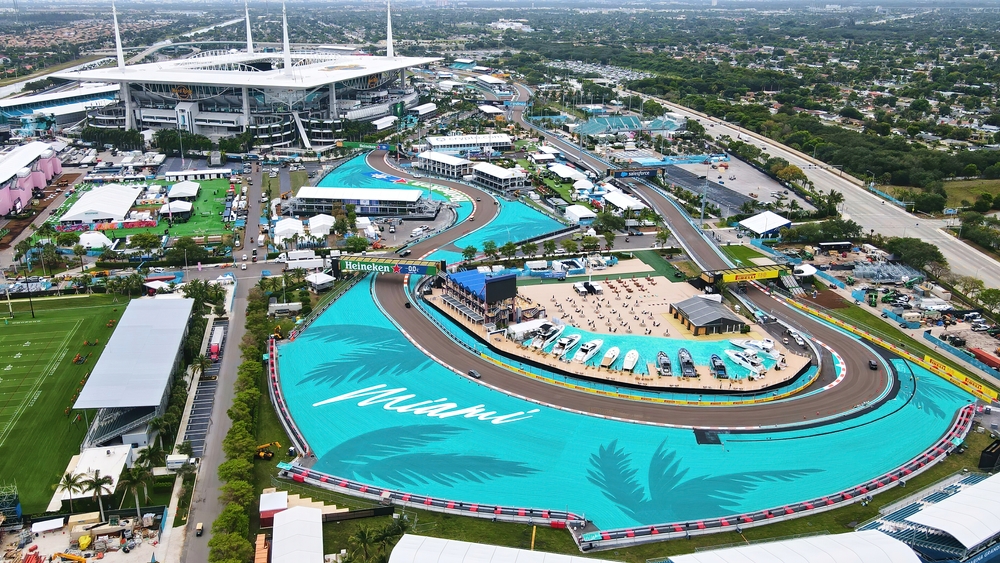
Formula 1 is considered the pinnacle of motorsport across Europe, Latin America, Australia and just about every other country in the world. In the United States, though? Doesn’t really register. There are a few die-hard fans willing to battle timezones, get up with the songbirds and follow the exploits of Ferrari, Red Bull, Mercedes and Mclaren teams on the other side of the globe but it’s certainly never been a headline attraction.
Why?
Well as the US’ unabated love for Nascar, IndyCar and other formulas proves, it’s not an innate dislike for motorsports. Quite the opposite, in fact. As we’ve already said, the amount of races held in European countries means watching a race weekend live for any American can require some seriously unsociable alarms being set. Whereas something like the EPL can be observed live at a reasonable hour, the lights on a main F1 race usually go out around noon local time. You’ve got to be a determined petrol-head to get up at 3am on your hard earned weekend.
Another reason people often claim for its lack of popularity Stateside is the lack of US presence in terms of teams, fixtures or drivers. Looking at the sports’ history books, though, that just isn’t backed up by the evidence.
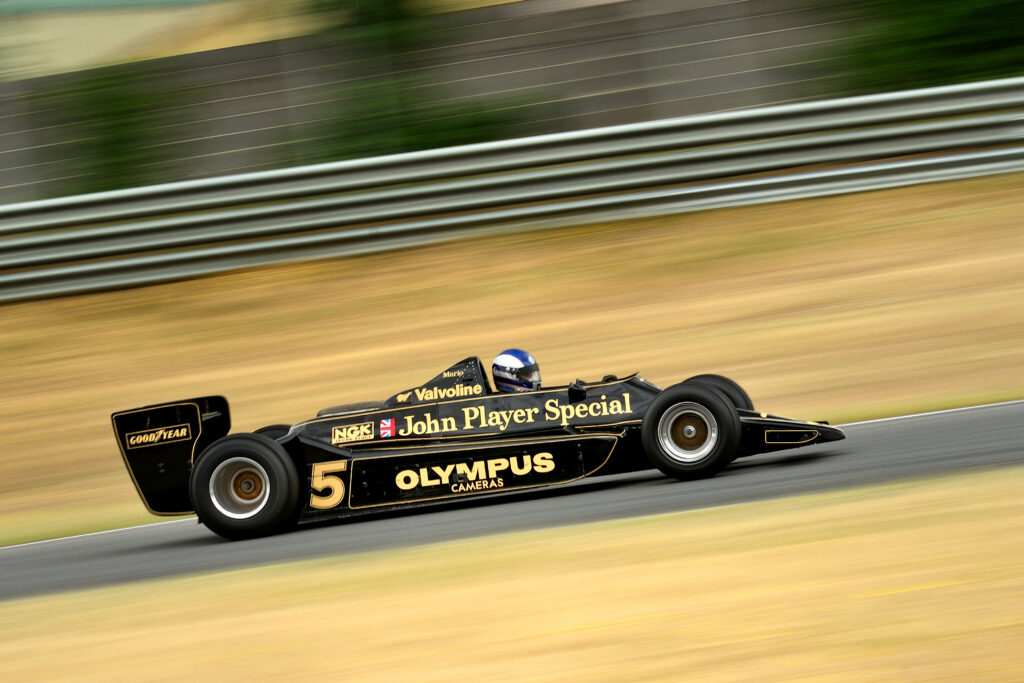
Mario Andretti’s classic JPS Lotus 79 is one of the sport’s most iconic cars
The US has delivered two F1 World Championships in the guise of Mario Andretti (in 1978) and Phil Hill (1961), plus Dan Gurney’s aerodynamic developments completely revolutionised the entire approach to car design. There have also been numerous attempts by the sports’ governing bodies to get off to a racing start and build a meaningful presence in the US. Unfortunately, though, they have almost exclusively been to disastrous results. Remember the races around the Caesar’s Palace car lot in ’81 or 82? Nope, not many people do. Least of all the 1981 Grand Prix winner, Alan Jones, who delivered this damning verdict:

“It’s like a goat track, dragged down from the mountains and flattened out. What a bloody place to be ending your career…” Alan Jones, winner of the much derided ’81 Caesar’s Palace in 1981
Can It Ever Work?
So, after all these attempts, what’s changed and why do the powers-that-be think they can achieve a different result in 2022? There are a couple of factors here.
Drive To Survive
The success of Netflix’s documentary series following the teams around each race since 2018 has made the likes of Lewis Hamilton , Max Verstappen and Daniel Ricciardo household names in the States. But, this is a TV show, built and designed with a TV audience in mind. Can the people thrilled by the Kardashians-style approach, with a year’s worth of racing diluted down into a 6-episode highlight reel find the same entertainment in a 2-hour procession at a rain soaked Spa Francorchamps? Remains to be seen.
Under New Management
Back in 2017, John C. Malone’s Liberty Media Group bought the sport, lock, stock and barrel out from Bernie Ecclestone’s Formula One Group. They set their stall out clearly almost immediately, releasing a statement where they defined their intentions and new direction for the sport:
“We want every F1 weekend to have the impact and excitement of a Superbowl weekend.”
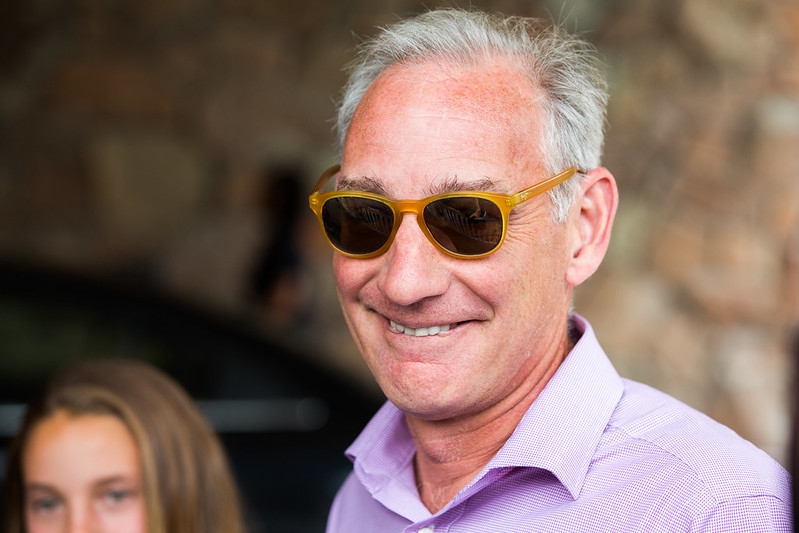
Liberty Media President and CEO Gregory Maffei, Allen & Company, courtesy of Thomas Hawk under creative commons license
Welcome To Miami
And if it’s a Superbowl they want, where better to launch this new US-friendly version of Formula 1 than at the Miami Dolphin’s Hard Rock Stadium – home to no fewer than six of the NFL’s main event? While this new, temporary circuit doesn’t actually go through the iconic stadium, the designers have pulled off the difficult masterstroke of tacking it onto the surrounding real estate while still making it feel at one with Miami’s unique ethos.
The track has cost $40million and been years in the making, so this is no makeshift street race for pink slips. The track consists of 19 corners with a clear desire to deliver high speeds; race control have added in 3 DRS zones, so we can expect those rev counters to climb even higher! Lap times indicated by pre-race testing suggest we’ll see drivers average circa 130-mph and at the end of the home straight with DRS activated, the fabled 200mph will be dismissed with ease.
Outside the high octane circuit, much has been made of the “Yacht Club”. Originally, the plans for a Miami GP circuit were for an actual “street” race to career down the beach front of the city itself. As costs for this exploded, these blueprints were shelved. With Americans never afraid of a bit of “artificial enhancements” the fake harbour was added inside turns 6, 7 and 8. A nice feature, sure, but is this water actually fooling anyone?!
https://twitter.com/Formula_Nerds/status/1521386189231910917
Will 2022 Be The Year?
As we’ve seen above, the important pieces all appear to be in place. We’ve got a pre-made audience thirsty for drama on and off the track, we have what appears to be an enthralling circuit liked by drivers and conducive for high-speed overtakes and, well, we have the hedonism of Miami in the sunshine? It cannot go wrong this time, can it?
Well, Liberty Media and F1 certainly hope not. With ticket sales and interest from Europeans waning in the past five years, they need to find a new market, and fast. All eyes will be on Miami this weekend, that’s for sure.

Kirk is a lifelong follower of all motorsports, particularly Formula 1, Nascar and WRC. When not found at the side of the circuit, eyes stinging from the burnt rubber, he also covers tennis, eSports and other categories for us.





